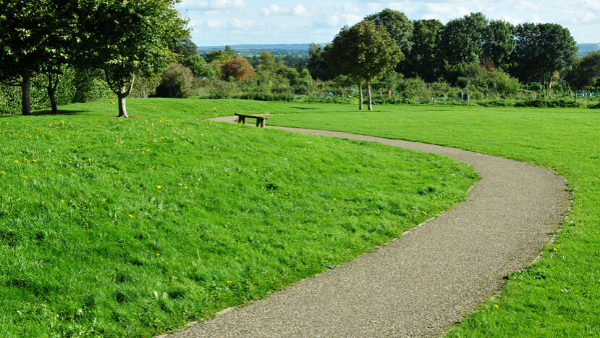Author
[Read time: 2 minutes]
Highways and public rights of way law is from time to time developed by the courts indirectly, when considering personal injury claims. In Barlow v Wigan Metropolitan Borough Council [2020] EWCA Civ 696, the Court of Appeal was requested to look at whether or not a path, over which Ms Barlow was travelling when injured, was a highway for the purposes of Wigan Metropolitan Borough Council (WMBC)’s repairing obligations. If WMBC was responsible for it, then WMBC was also liable for compensating Ms Barlow for her injuries.
The court proceedings
The procedural history of the case was that the County Court heard the trial at first instance, following which the High Court heard a first appeal, and the Court of Appeal heard the appeal thereafter. In the County Court WMBC successfully argued that it was not responsible for the path. The High Court found the opposite, rejecting WMBC’s argument that it was necessary to consider which “hat” Abram UDC (the predecessor of WMBC) had been wearing when the path was constructed.
Was the “hat” issue relevant?
The High Court was of the view that it did not matter whether Abram UDC had been wearing the hat of highway authority, or the hat of local authority providing a public amenity as it was a single legal entity. This was a surprise, as public law practitioners commonly accept the “hat” concept, across the range of public body functions (see, e.g. the recent case of R (on the application of Lancashire County Council) v Secretary of State for the Environment, Food and Rural Affairs and another and our recent article highlighting this case).
The Court of Appeal did not agree that the “hat” worn was irrelevant, and determined that the capacity in which the authority creating the highway acted was determinative. However, the Court of Appeal was of the view that, given for 80 years before Mrs Barlow’s accident, the public had been allowed to walk on the paths without restriction, there was ample evidence to support the implication or presumption of dedication at common law. The offending path had become a highway by the time of the accident, and WMBC was liable.
Long reach of implied dedication
This Judgment underlines the very long reach of implied dedication, given that WMBC may well not have considered itself liable for a situation apparently created by a predecessor public body 80 years ago. The Judgment also underlines that the capacity in which public bodies act from time to time, remains highly relevant to untangling historic situations. Public bodies should try to retain information relating to the decisions which they might make from time to time, as this material is often highly relevant.

